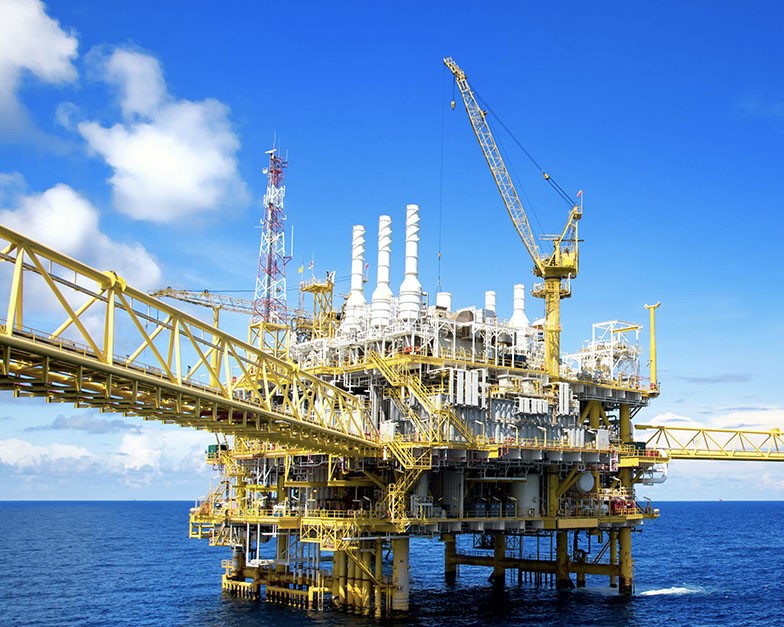Oil benchmarks slipped on Friday as comments from a Federal Reserve official fueled expectations that interest rates could remain elevated for an extended period, with a highly anticipated U.S. inflation report later in the day expected to provide further clarity.
Brent crude futures saw a modest 0.04% decline to USD 81.83 per barrel as of 0601 GMT, while U.S. West Texas Intermediate (WTI) crude dipped 0.13% to USD 77.81 per barrel.
The cautious sentiment in the oil market emerged after Dallas Fed President Lorie Logan emphasised the central bank’s need to maintain flexibility and consider all policy options in its fight against inflation. Despite recent easing in price pressures, Logan warned of potential upside risks, stating, “It’s too soon to really be thinking about rate cuts.”
Traders are closely monitoring the release of the personal consumption expenditures (PCE) index, the Fed’s preferred inflation gauge, scheduled for later on Friday. IG market strategist Yeap Jun Rong noted that the markets are exercising caution ahead of this crucial data point.
Persistent concerns over higher borrowing costs dampening crude demand have weighed on oil prices in recent weeks. However, the market is also tracking developments regarding potential production cuts from the OPEC+ alliance, which is set to convene this weekend.
While U.S. crude inventories declined by 4.2 million barrels last week, exceeding forecasts, gasoline stocks unexpectedly rose by 2 million barrels, defying expectations of a drawdown amid higher anticipated demand during the Memorial Day weekend.
According to sources familiar with OPEC+ discussions, the group is working on a complex deal that could extend some of its deep output cuts into 2025. However, Yeap Jun Rong suggests that further cuts are unlikely and would be viewed as a significant surprise by the market.
Currently, OPEC+, comprising the Organization of the Petroleum Exporting Countries led by Saudi Arabia and allies led by Russia, is implementing production cuts of 5.86 million barrels per day, equivalent to approximately 5.7% of global demand.



